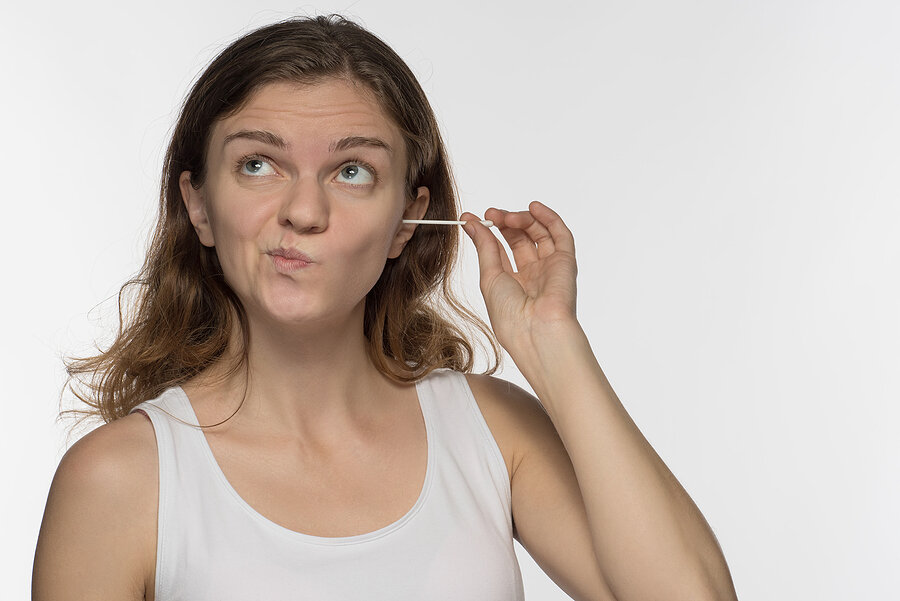- Understanding the Connection Between Tinnitus and Weather - May 17, 2025
- The Most Unexpected Reasons Hearing Aids Can Malfunction - May 9, 2025
- How OAE Testing Unveils Hidden Hearing Loss - April 15, 2025
The ear is an important part of the human body, as it is the sole organ responsible for hearing and balance. It is no news that the ear is made of different components with different purposes that come together to function as one. From the ear canal to the eardrum, the cochlea and even the earwax all work nonstop in different capacities to make hearing possible.
In this blog, we will examine the importance of one of these components – the earwax and why you should not tamper with it.
What is Earwax?
Earwax, or cerumen, is a waxy secretion found in the ears. Glands of the skin produce it to protect the ear from germs and help trap dust particles and other materials that could potentially harm the ears. As unbelievable as this may sound, earwax is not some waste product to be removed, especially regularly, without the help of a trained healthcare professional.
The Role of Earwax
Earwax is extremely useful to the ear, although that fact may seem unlikely. The following are a few roles of earwax, highlighting their importance.
Earwax is not a waste product for removal, as many people think it is. It is a secretion produced by the skin in the ear to moisturize and lubricate the ear canal. This helps prevent the delicate skin inside the ear from becoming dry and itchy.
The earwax is equipped with antimicrobial properties that act as a protective shield against bacteria, viruses, and fungi. The slightly acidic nature of earwax creates an environment where harmful microorganisms struggle to thrive.
Earwax isn’t stagnant; it has a dynamic quality. As it naturally moves toward the ear’s opening, it captures dust, debris, and dead skin cells. This self-cleaning mechanism helps prevent the accumulation of foreign particles inside the ear canal.
As a natural deterrent, earwax is a barrier against insects and small objects, preventing them from entering the ear canal. This mechanical protection is an important defense mechanism, especially in outdoor environments.
Why You Shouldn’t Do Anything to Your Earwax
The ear canal’s self-cleaning mechanism allows earwax to migrate gradually from the eardrum to the ear opening. Attempting to remove earwax disturbs this natural process, potentially pushing wax deeper into the ear canal.
Earwax’s consistency and color can provide valuable insights into ear health. Healthy earwax is usually soft and light-colored. Disrupting its natural balance might make assessing your ear’s well-being difficult for you or your healthcare professional.
Regularly removing earwax can lead to impaction. Earwax impaction occurs when wax is pushed further into the ear canal, causing blockages and potentially affecting hearing. This condition may require professional intervention.
Putting cotton swabs, hairpins, or other objects into the ear canal is not only ineffective but can also be harmful. Such practices risk causing injury to the delicate ear canal and eardrum or even pushing debris deeper into the ear, which could lead to infections.
Best Practices for Earwax Maintenance
Embrace the wisdom of your body’s natural processes. Allow the earwax to migrate outward independently; this process is the self-cleaning mechanism designed to keep your ears healthy.
Pay attention to the quality and quantity of your earwax during your regular hygiene routine. Consult a healthcare professional if you notice any significant change, such as increased dryness or excessive earwax production.
If you experience symptoms like ear pain, hearing loss, or a feeling of fullness in the ear, seek professional help. Healthcare providers can assess your ear’s health and address any concerns without using harmful DIY practices.
Conclusion
The earwax plays a crucial role as a natural protector, so resist the urge to interrupt its process to benefit from the protective properties and avoid potential complications. The next time you need to grab a cotton swab, remember that the best care for your ears often involves letting nature take its course. By embracing the wisdom of your body’s design, you maintain healthy ears and save yourself from the struggle of a harmful DIY cleaning.

